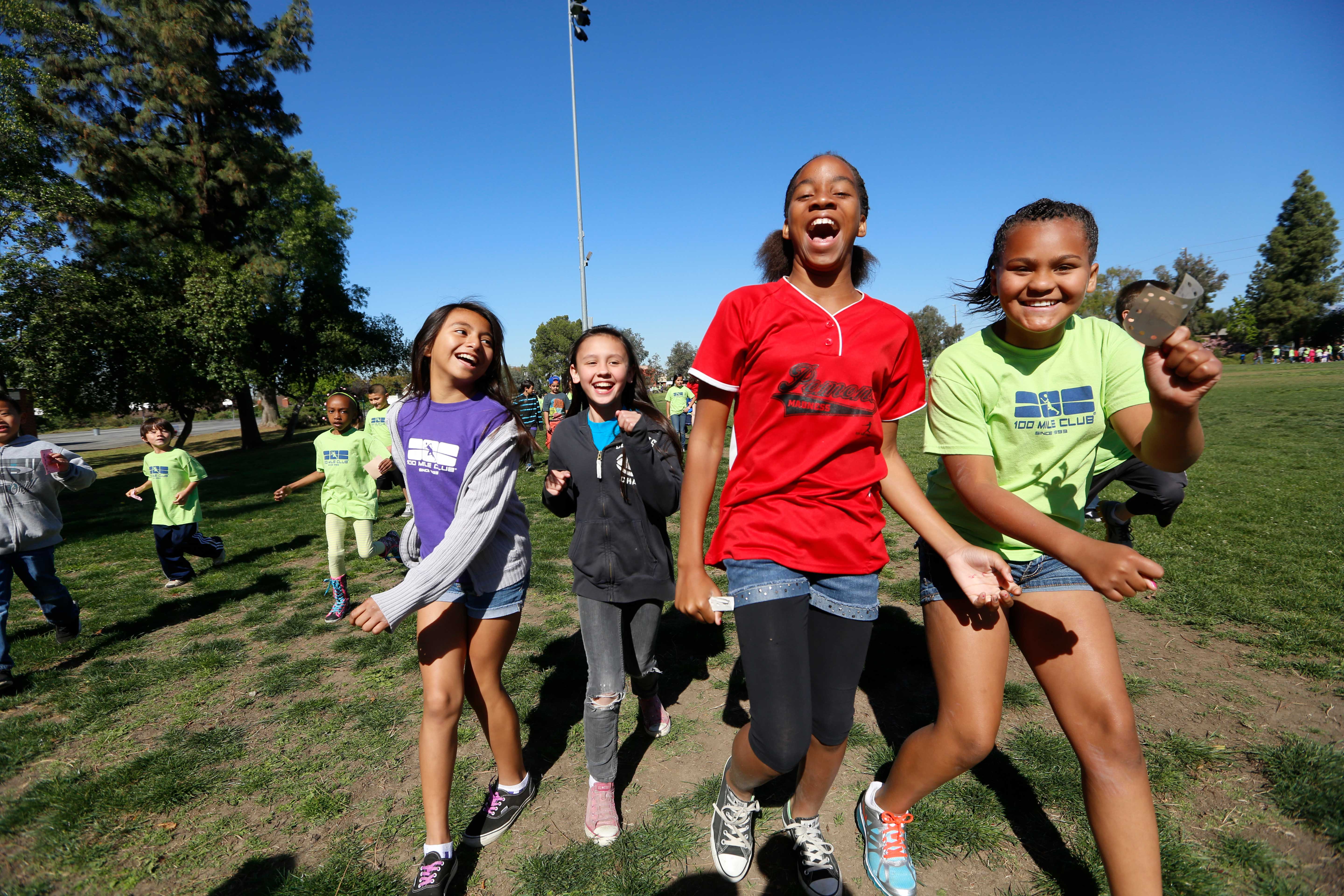Active Schools Acceleration Project
(ASAP)
Active Schools Acceleration Project (ASAP) aimed to increased quality physical activity in schools. In 2012, First Lady Michelle Obama announced the ASAP Innovation Competition to crowdsource creative, impactful, and scalable school-based programs and technological innovations that promote physical activity for children. A pool of over 2,500 registrants representing more than 1 million students submitted more than 500 entries and ASAP awarded $500,000 to the competition’s winners: nine school-based physical activity programs and two technology companies. Three program-winners were selected for replication.
In 2013, ASAP chose three of the most promising PA programs from among the pool of winners for replication. The initiative then provided training and acceleration grants to 1,000 schools across the country to implement one of the selected programs. Feedback from these schools allowed ASAP to evaluate and optimize the programs for diverse settings.
Through this process, ASAP identified walking and running clubs as the most high-impact, low-barrier PA program to bring to national scale. Inspired by the 100 Mile Club, the initiative launched the Billion Mile Race in 2015 with title sponsor New Balance Foundation to engage millions of children across the country in school-based walking and running programs.
More than 3.5 million children and nearly 9000 schools have been reached by ASAP programs.
Explore our research related to physical activity in schools
Hubbard K, Economos CD, Bakun P, Boulos R, Chui K, Mueller M, Smith K, Sacheck J. Disparities in Moderate-to-Vigorous Physical Activity among Girls and Overweight and Obese Schoolchildren during School- and Out-of-School Time. Int J Behav Nutr Phys Act. 2016, 13(1):39.
Wright CM, Duquesnay PJ, Anzman-Frasca S, Chomitz VR, Chui K, Economos CD, Langevin EG, Nelson ME, Sacheck JM. Study protocol: The Fueling Learning through Exercise (FLEX) Study – A randomized controlled trial of the impact of school-based physical activity programs on children’s physical activity, cognitive function, and academic achievement. BMC Public Health. 2016; 16(1):1078
Amin SA, Wright CM, Boulos R, Chomitz VR, Chui K, Economos CD, Sacheck JM. The physical activity environment and academic achievement in Massachusetts schoolchildren. J Sch Health. 2017, 87(12), 932-940.
Miller G, Sliwa S, Michael S, Lee S, Burgeson C, Krautheim AM, Hatfield DP, Sharma S, Economos CD. Evaluation of Let’s Move! Active Schools Activation Grants. Preventive Medicine. 2018;108:36-40.
Amin SA, Duquesnay PJ, Wright CM, Chui K, Economos CD, Sacheck, JM. The association between perceived athletic competence and physical activity: implications for low-income schoolchildren. Pediatric Exercise Science. 2018 Mar 15:1-8.
Wright, CM, Chomitz, VR, Duquesnay, PJ, Amin, SA, Economos, CD, & Sacheck, JM. The FLEX study school-based physical activity programs–measurement and evaluation of implementation. BMC Public Health, 2019; 19(1), 1-12.
Sacheck JM, Wright CM, Amin SA, Anzman-Frasca S, Chomitz VM, Chui KK, Duquesnay PJ, Nelson ME, Economos CD, The Fueling Learning Through Exercise Study Cluster RCT: Impact on Children’s Moderate-to-Vigorous Physical Activity. Am J Prev Med, 2021; 60(6), e239-e249.





